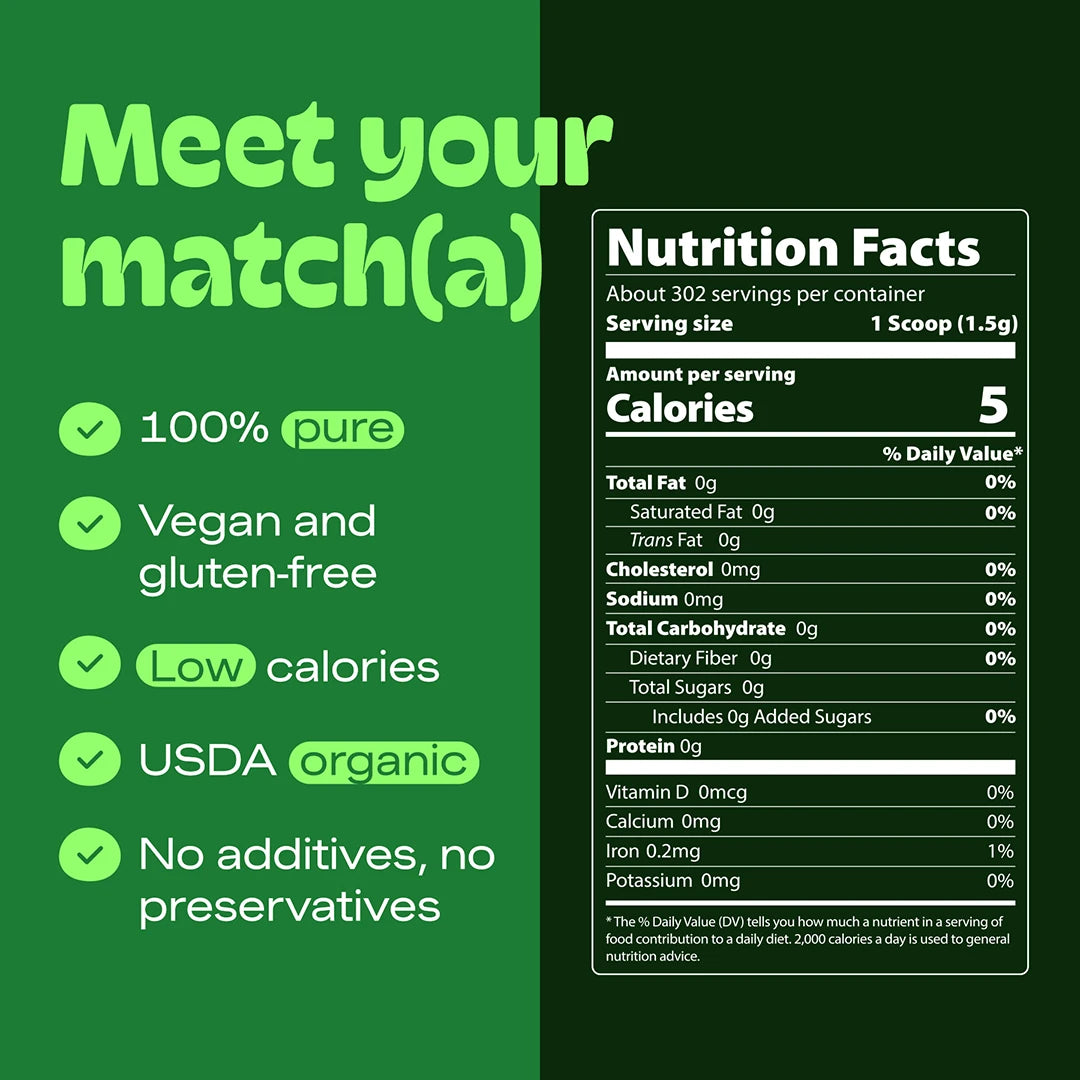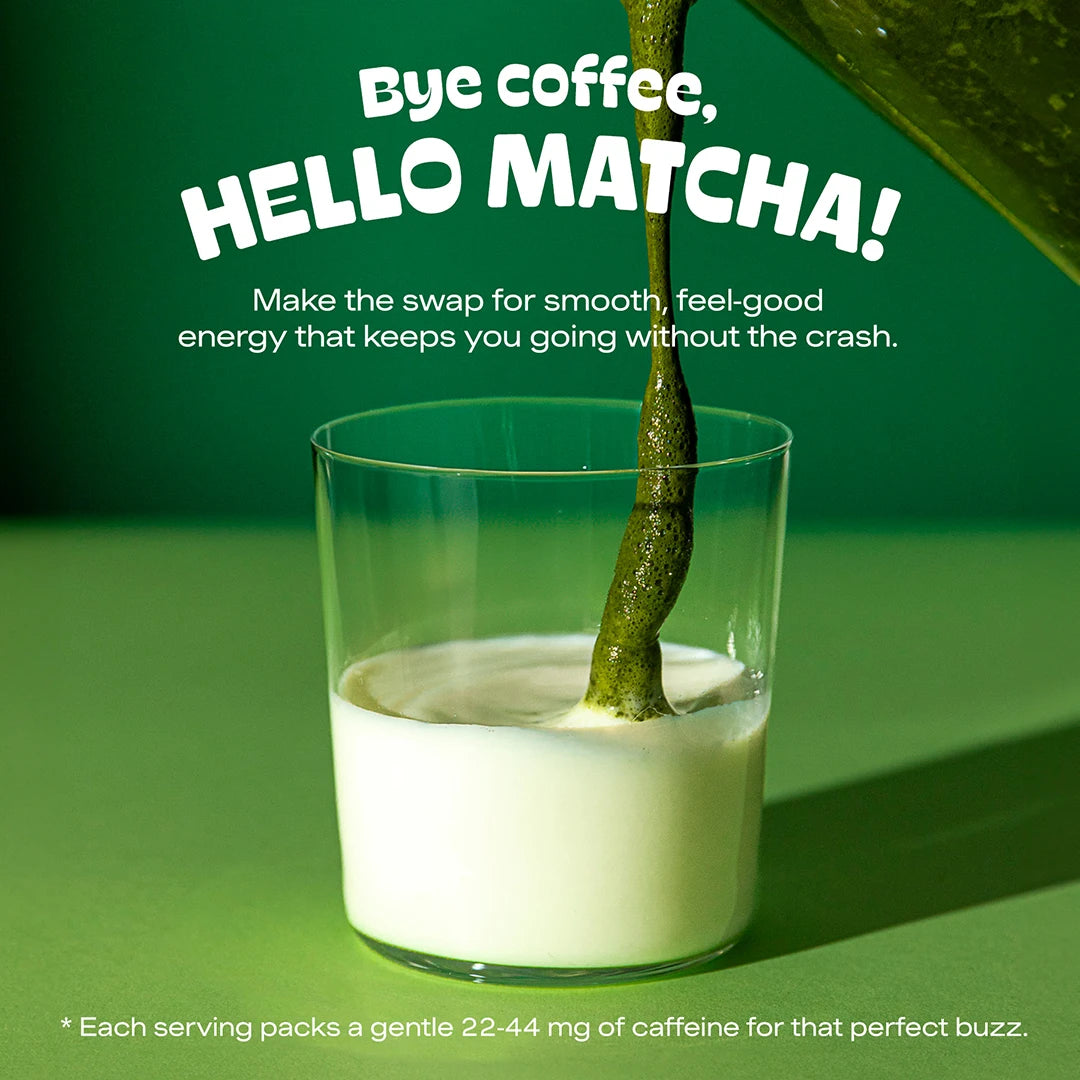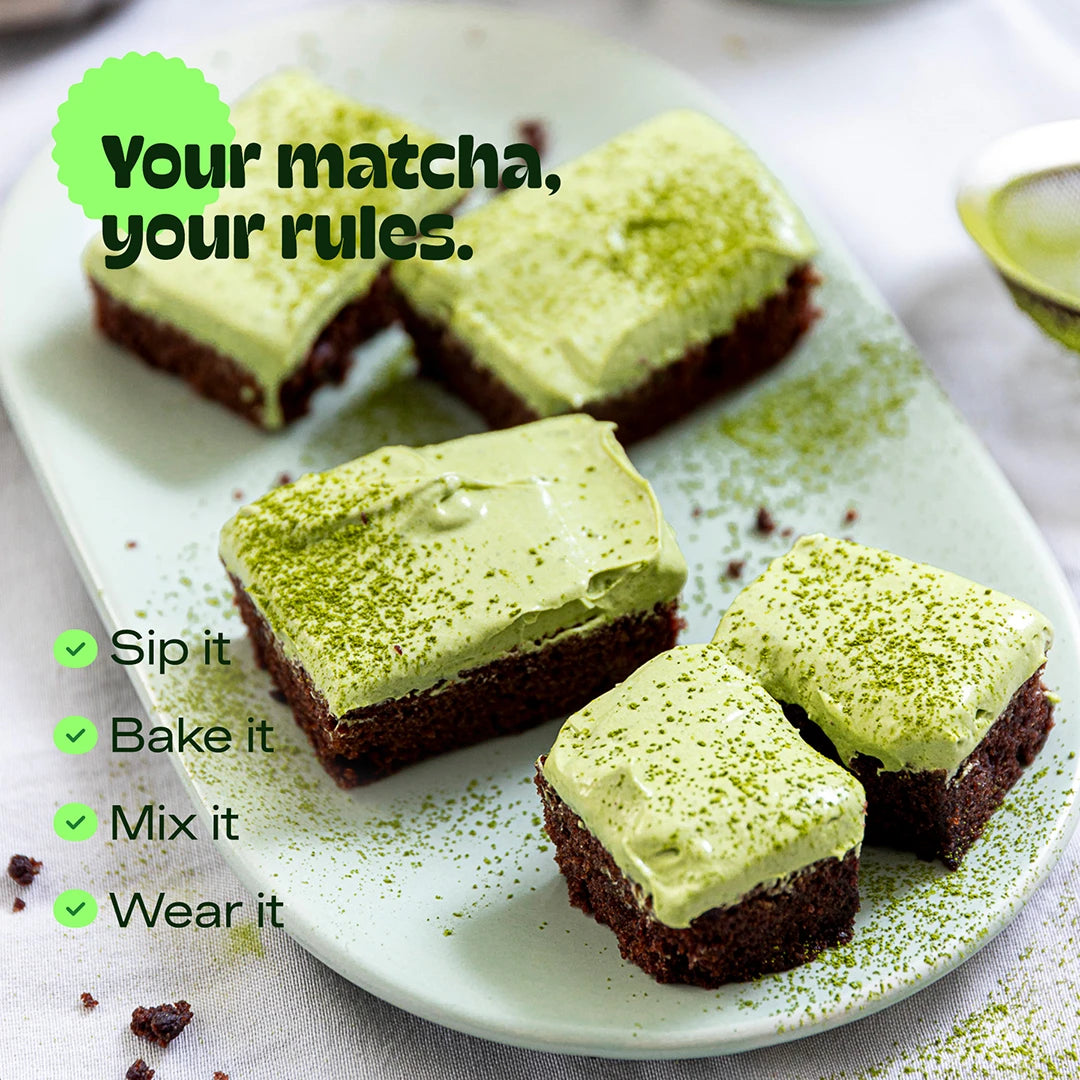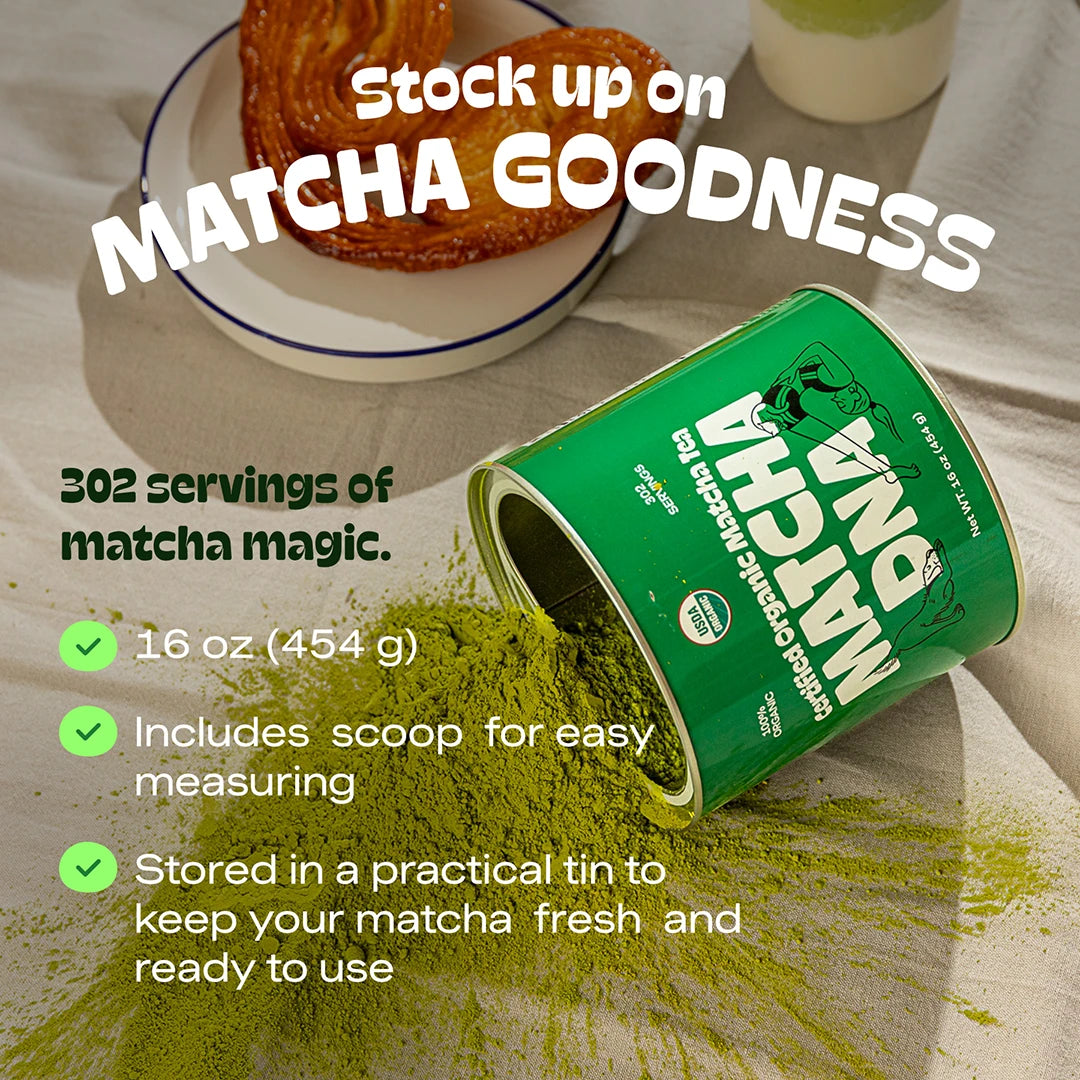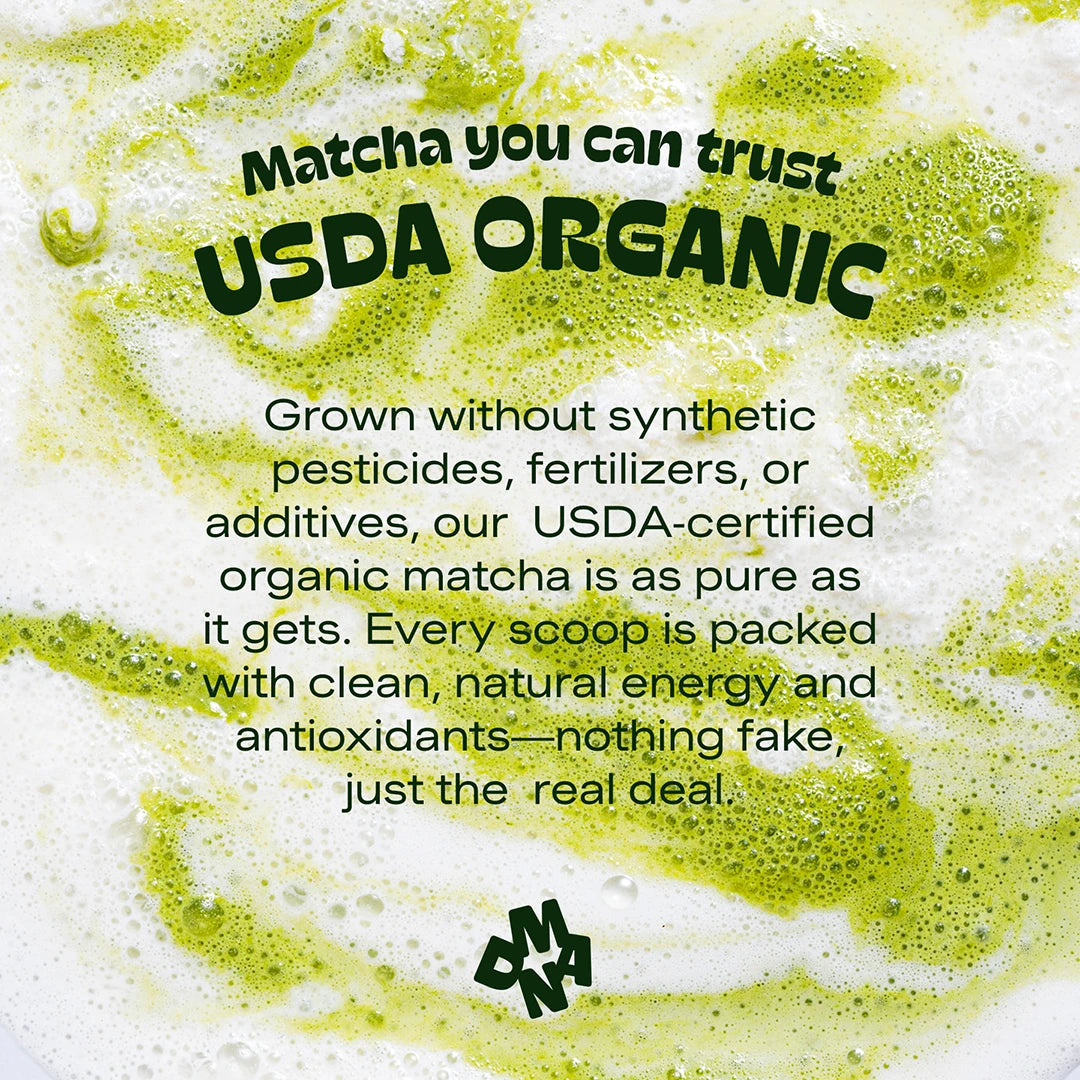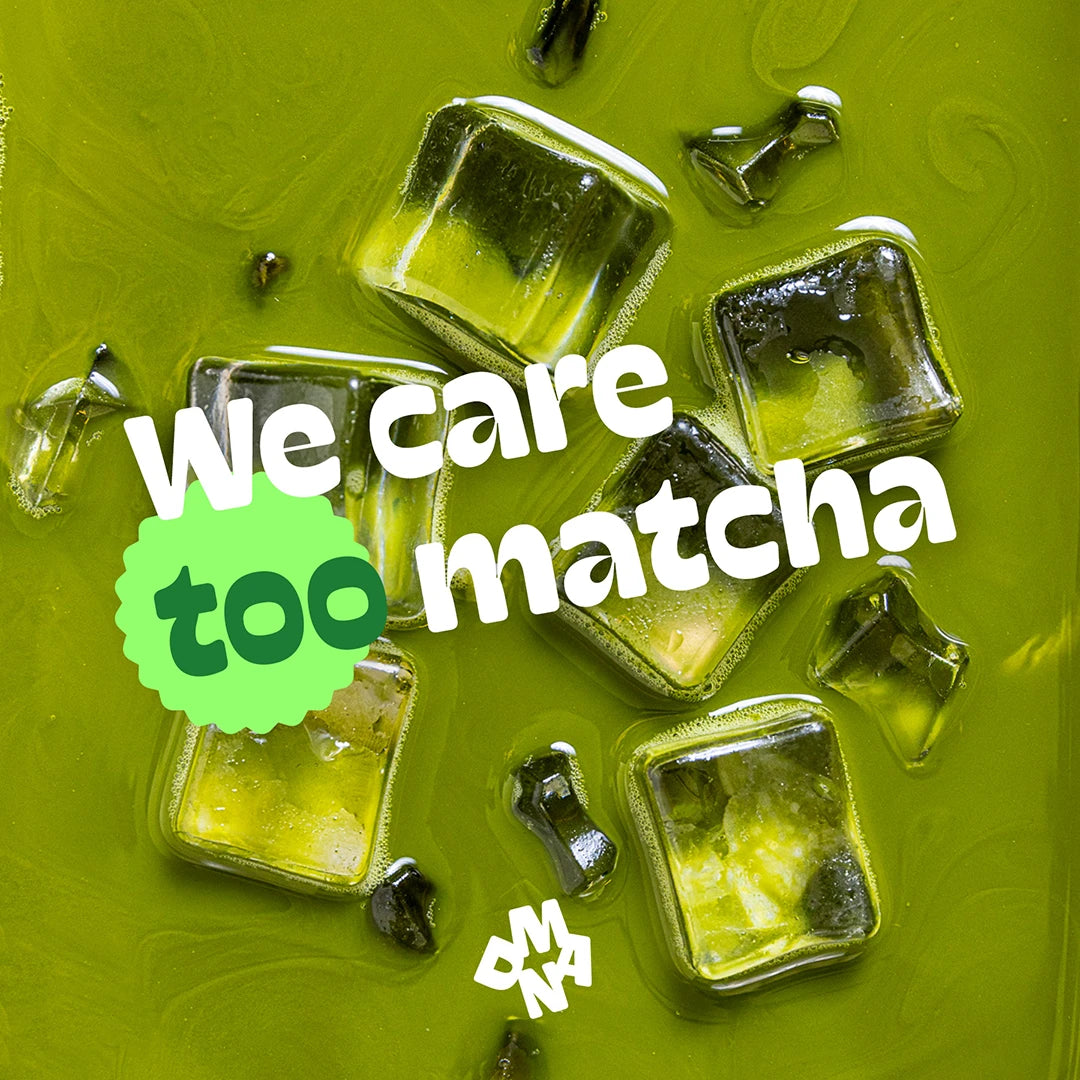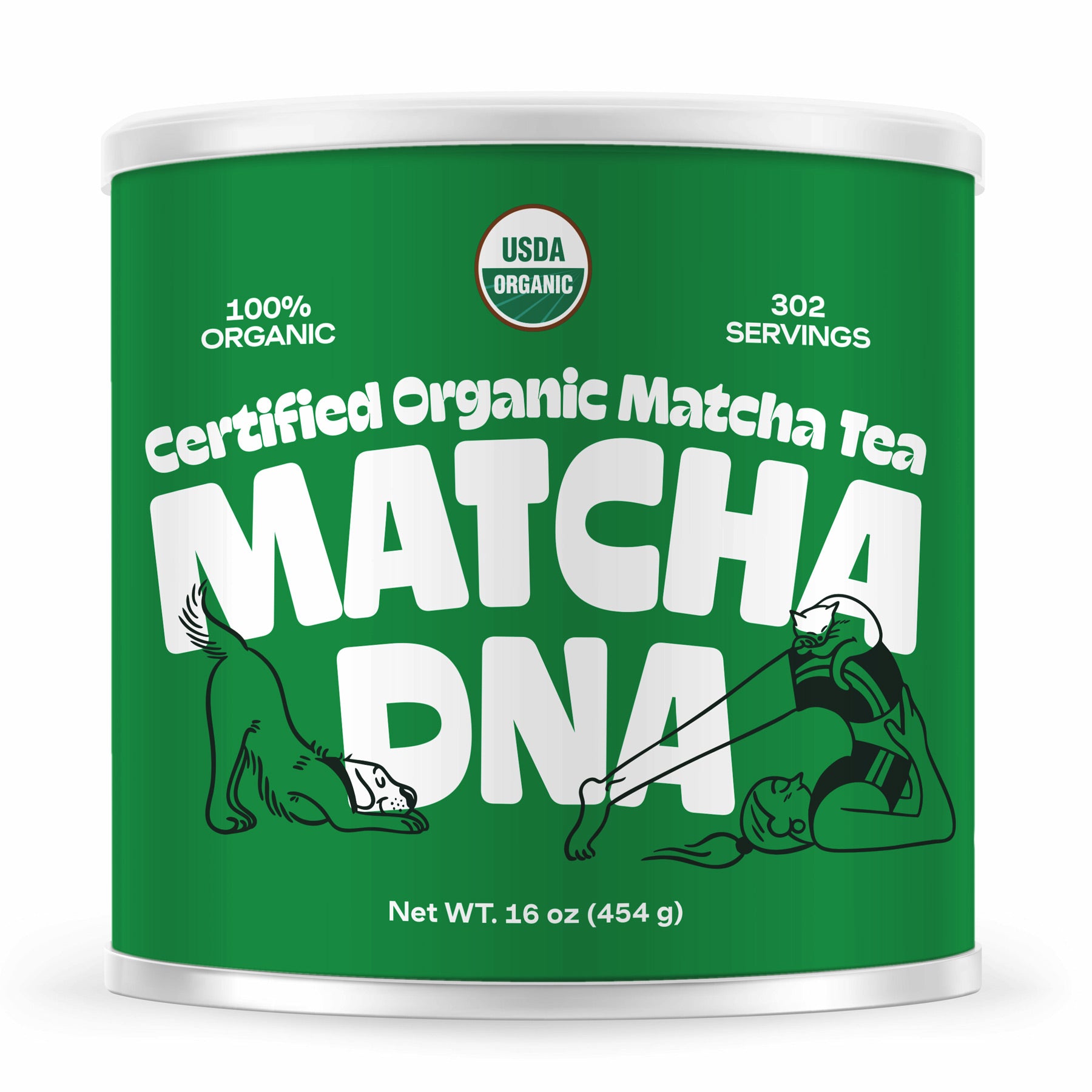We’ve seen matcha blow up in the last couple of years, and now it’s everywhere: from your favorite influencer's morning routine to the trendiest cafés in town. But with that trendiness and popularity, a lot of misconceptions have emerged. And for every matcha lover out there, there’s someone ready to come in hot to say everything they suddenly “know” about matcha and why it’s a no-go for them 🙄.
We see you, matcha skeptics. So let me set the record, spill the tea and debunk six common matcha myths once and for all.
Myth 1: "matcha is always bitter"
The real deal: high-quality matcha actually has a smooth, slightly sweet, and umami-rich flavor.
-
You think it’s bitter? It’s probably because the matcha you tried wasn’t really good, bb. Bitterness often comes from low-grade matcha or incorrect preparation.
-
Pro tip: next time, try sweetening with honey or blending it into fun recipes (matcha pancakes, anyone?). There’s no way you’ll go wrong here.
Myth 2: "matcha is expensive AF"
The truth: while ceremonial-grade matcha can be a bit pricey, everyday matcha is totally budget-friendly.
Obviously, this is easy for you to say as well if your reference is overpriced matcha at a cute coffee shop. That’s a fun option every once in a while (my favorite solo-date, ngl), but girl, you know you can make matcha at home as well, right?
-
Smart sip: next time you’re craving matcha (maybe like, right now? Hmm I could definitely have a matcha latte right now…), go get yourself one of our 16 oz tins. At Matcha DNA, you get good quality without the premium price, and I swear it’ll last you forever compared to your daily coffee runs.
This also takes me to the third myth.
Myth 3: "you need fancy equipment to make matcha"
Nope: traditional tools are cool, but not essential.
You can shake your matcha in a mason jar, use a kitchen whisk, a milk frother, a spoon, blend it into smoothies… the only limit here is your creativity, bestie.
If you want to read more about it, go check out this post on how to prep your matcha.
Myth 4: "matcha and green tea are the same thing"
Kinda true, but not entirely: yes, matcha is a type of green tea, but they actually differ in quite a few things.
-
Matcha: finely ground whole tea leaves, offering more caffeine and antioxidants.
-
Green tea: Steeped leaves with a lighter profile.
-
Matcha leaves are also shade-grown and carefully hand-picked, while green tea is harvested in a standard process.
Want to become a matcha green tea expert? Dive deeper into the differences in this detailed blog post.
Myth 5: "matcha can’t touch metal"
Ugh this one. I think there was a study that tried proving this but ended up not having conclusive results? But people still think it’s true? Anyway.
It’s false: using metal utensils won't ruin your matcha or the properties of the matcha.
-
While bamboo whisks are traditional, stainless steel tools are perfectly fine (and much more convenient for your day-to-day matcha, if you ask me).
Myth 6: "you can’t make matcha with cold water”
Iced matcha lovers, rejoice: cold matcha is a thing. I mean, yes, it might be easier to dissolve the matcha with hot water, obviously. But that doesn’t mean you can’t do it otherwise. Why do we think that there’s only one right way to do things? This thought is so last decade, isn’t it?
The verdict
Girl, just forget the outdated rules. Matcha is versatile and fun. Whether you’re whipping up a face mask, blending it into your fav smoothie, or just need that afternoon energy boost, it’s whatever you make it.
Whatever mood you’re in, whisk it, blend it, bake it into brownies or mix it into your skincare. No rules, just pure green glow up.


